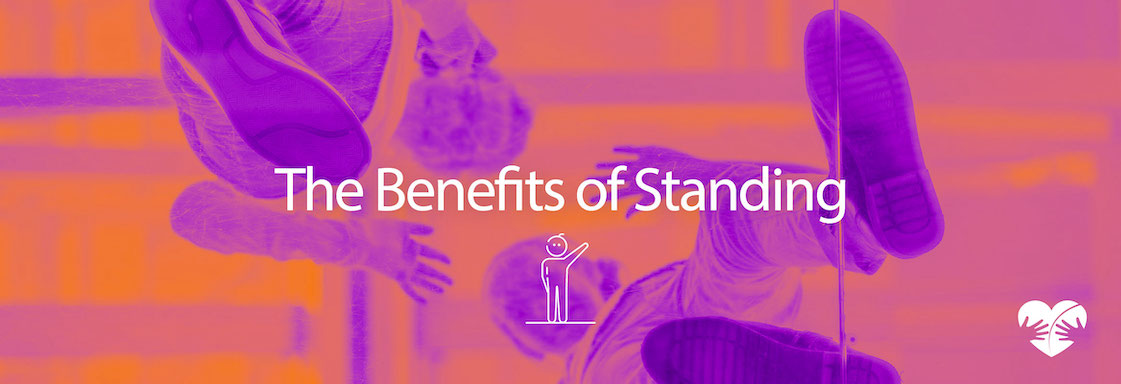Whether on your own or with a device, there are many different ways to stand. You can stand holding on to a surface, stand at an incline, or stand while exploring in a dynamic stander. But have you ever wondered why standing is so important?
What are the benefits of standing?
Standing increases bone density, resulting in a reduced risk of osteoporosis or fractures, weight bearing for improved development of hip joints, and reduced risk of hip displacement/dislocation. It also provides a prolonged stretch in good alignment, which decreases the risk of leg contractures.
Appropriate standing promotes tone management, improves circulation and respiration, and regulates digestion and bowel/bladder function. It also enhances skin integrity by relieving pressure points caused by long periods of sitting and increases participation with age-appropriate play and eye-to-eye contact.
How should my child be positioned when standing?
For appropriate standing, position your child’s feet shoulder width apart and point forward with their weight evenly distributed between both feet—a slight bend in your child’s knees to reduce stresses placed on the knee joint. Let your child’s arms hang naturally down at the sides of their body. When looking from the side, your child’s ear lobes should align with their shoulder. When looking from the front or the back, your child should be straight with their trunk over their hips and their hips over their legs.
What are the benefits of proper alignment?
Proper alignment promotes the appropriate use of your body’s muscles, reducing compensations and risk of injury. It also encourages muscle efficiency, less energy use, and decreased muscle fatigue, and limits stresses placed on your bones, ligaments, and joints, reducing the risk of injury.
Check with your doctor or physical therapist on the specific frequency of standing for your child. If your child uses a standing device to assist with proper alignment, contact your vendor to adjust as your child grows.



